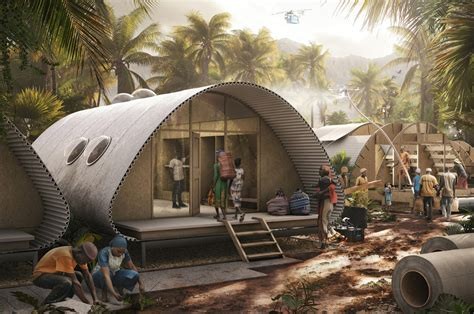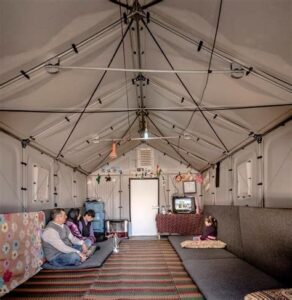Introduction
In an emergency or wilderness survival scenario, building a shelter is vital. A shelter protects you from rain, wind, cold, and predators—and can mean the difference between life and death. This future-forward guide teaches you how to build a shelter for survival, introduces evolving trends in emergency shelters, and answers common questions using the most up-to-date insights and research.

Factors to Consider Before Building a Survival Shelter
Before construction, evaluate these essential survival shelter factors:
Location
Choose elevated, dry land, and avoid flood-prone or hazardous zones.
Weather Conditions
Match shelter style to temperature, precipitation, and wind.
Time & Energy
Balance available time and energy with complexity.
Available Materials
Leverage surroundings—branches, leaves, tarps, snow.

Step-by-Step Guide: How to Build a Shelter for Survival
1. Evaluate Your Environment
Pick a safe, dry, and sheltered spot away from hazards.
2. Gather Materials
Use dry wood, leaves, bark, or carry lightweight tarps or ponchos.
3. Construct the Framework
Use large branches for support and build a stable frame.
4. Insulate the Shelter
Layer foliage or debris thickly to retain heat.
5. Seal and Secure
Fill in gaps, secure edges, and test for wind resistance.
6. Test the Shelter
Sit or lie inside to ensure it holds, insulates, and protects.

Common Types of Survival Shelters
Lean-To Shelter
Best for quick builds in mild conditions. Use branches, secure a ridgepole, and insulate with leaves or tarps.
Debris Hut
Highly insulated for cold weather. Build a triangular frame and cover it with thick debris.
Tarp Shelter
Fast and versatile. Secure a tarp between trees and angle for rain runoff.
Snow Cave (Quinzhee)
Ideal for snowy environments. Mound snow, let it settle, and carve a hollow inside.
Poncho Tent
Emergency use for light travelers. Stake down corners of a poncho between support points.
Tips for Success
- Build before sundown.
- Keep shelters compact to trap heat.
- Avoid gullies or open ridgelines.
- Position entrance away from prevailing winds.
Mistakes to Avoid
- Building near animal tracks or under dead trees.
- Overusing green wood, which shrinks and cracks.
- Skipping ventilation in snow shelters.
- Spending too much time on complex designs.
Emerging Trends in Survival Shelter Construction
As global emergencies rise, survival shelters are adapting:
Market Growth
Global temporary shelters market to reach $53.26B by 2029, CAGR of 5.4% (TBRC).
NBC Threat Protection
NBC shelters growing at 8.6% CAGR (2025–2033) due to rising biological and nuclear threats (Data Insights Market).
Tech Integration
Smart sensors, modular panels, 3D-printing, and solar integration are shaping future shelters (AZO Build).
Frequently Asked Questions (FAQs)
What are the latest innovations in shelter building?
A: 3D-printing, solar panels, modular prefab kits, and NBC filtration systems.
How can I build a sustainable shelter?
A: Use recycled materials, natural insulation, and solar energy when possible.
Are there fast-setup shelter kits?
A: Yes, modular survival shelters can be set up in under 30 minutes.
What makes a shelter NBC-resistant?
A: Airtight seals, radiation-blocking panels, and filtration systems are key.
Conclusion
Understanding how to build a shelter for survival is critical for any outdoor enthusiast, prepper, or emergency responder. With growing access to tech and awareness of environmental factors, your shelter can now be both practical and future-proof. Practice now, survive later.
